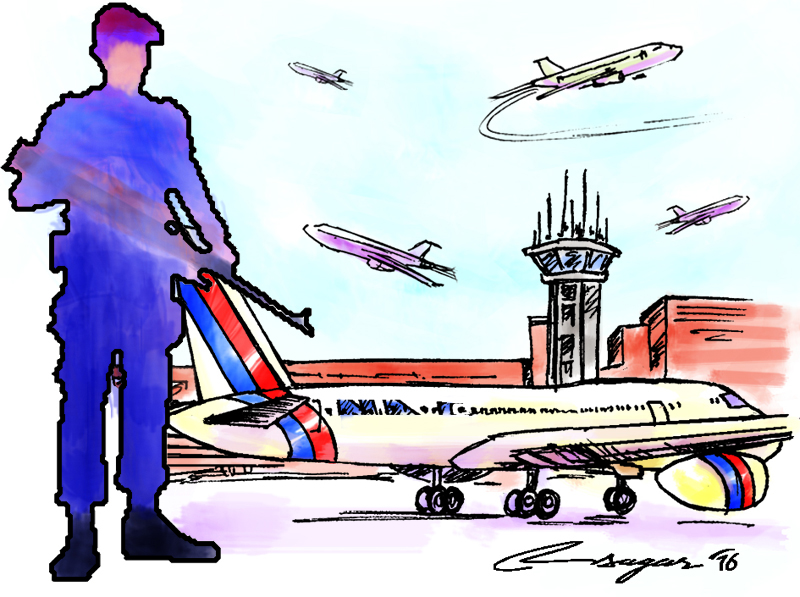Significant progress made in improving Nepal's aviation safety: CAAN
Kathmandu, July 24
The Aviation Safety Report 2018 unveiled by the Civil Aviation Authority of Nepal (CAAN) has revealed that the country showed significant progress in the improvement of its safety oversight capability, with the total number of incidents reported in 2017 dropping to 159 from 192 in 2016.
In both the years, the number of incidents related to air operation and maintenance was found to be higher than other categories, namely air navigation services, wildlife strike, runway incursion and excursion, ground safety and laser strikes. While the second highest number of incident reports was related to wildlife strike, the lowest number of incidents was on laser strikes, as per the report.
Of the 154 recommendations made by the Accident Investigation Commission, which was formed by the government, in between 2008 and 2017, 125 (81.17 per cent) were complied with, 13 (8.44 per cent) were partially complied with, 12 (7.79 per cent) were not complied with and four (2.6 per cent) were not applicable.
“We have strictly abided by the International Civil Aviation Organisation (ICAO)'s global aviation safety plan,” said Birendra Shrestha, spokesperson for CAAN, adding the authority will not let up on its efforts till the country's aviation sector is deemed ‘safe'.
The report has said that significant safety concern issued by the International Civil Aviation Organisation after the ICAO validation mission in 2013 has been resolved. “Similarly, effective implementation of ICAO safety standards and guidance have also been raised above the global average.”
The report revealed that effective implementation by CAAN was 43 per cent in 2009, 55 per cent in 2013 and 66.08 per cent in 2017.
From 2008 to 2018, Nepali skies have been classified into six categories - controlled flight into terrain (CFIT), loss of control in flight (LOC-1), mid-air collision (MAC), runway incursion (RI) runway excursion (RE) and wildlife strike (WS). As per CAAN report, the highest risk of accident in Nepal's civil aviation is CIFT as it accounts for 37 per cent of total accidents, LOC accounts for 33 per cent and runway safety accounts for 29 per cent of total accidents.
As per the report, the movement of aircraft in domestic operations increased significantly by 33.04 per cent from 2015 to 2016 and saw a notable rise of 13.51 per cent from 2016 to 2017. From 2008 to 2018, there were 30 accidents involving Nepal registered aircraft that claimed 173 lives. “The diversity of weather pattern together with hostile topography are the main challenges surrounding aircraft operations in Nepal due to which the number of accidents related to small aircraft having 19 seats or less and operating in STOL (short takeoff and landing) airfields seems comparatively higher.”
Out of 30 international airline operators carrying out scheduled flights, three are Nepali carriers. Nine airline companies are operating scheduled domestic flights and one company operates non-scheduled domestic flights. Also, there are 11 domestic helicopter companies, while other 63 companies are offering recreational flights, including four ultra light and 59 paragliding services.
In terms of domestic air traffic movement, there was a significant increase of 33.04 per cent from 2015 to 2016, and a notable rise of 13.51 per cent in 2017 over 2016. The international aircraft movement, which had dipped by 2.36 per cent from 2014 to 2015 owing to the devastating earthquake in 2015 saw a significant rebound of 23.02 per cent in 2017 compared to 2016.
“CAAN has also unveiled a four-year aviation safety plan, which aims to continually enhance aviation safety performance by reducing fatalities and the risks of fatalities by developing harmonised safety strategy and implementation,” Shrestha stated.






